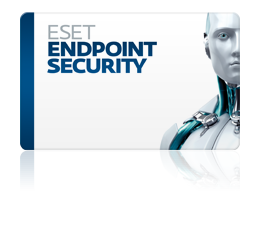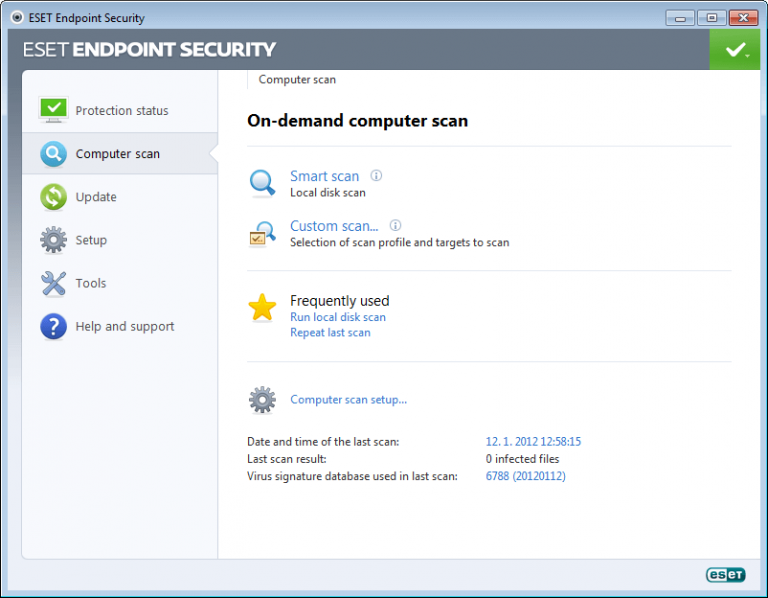
Some antivirus vendors support artificial intelligence (AI) and machine learning, but many do not.

Integrity checking, which inspects system files for evidence of corruption.Heuristic analysis, which examines new programs for suspicious source code or behavior by comparing it to viruses that are already known from a heuristic database.Signature comparison, which monitors a device for evidence of known threats and blocks them from taking further action.It accomplishes this by using three types of detection: Typical antivirus software scans a user’s computer for malware such as worms, trojans, adware, ransomware, and others. Some devices come with antivirus software pre-installed, but there are vendors that offer premium solutions for more advanced protection. How to choose the right endpoint security strategyĪntivirus protection is the most common type of endpoint security, especially among consumer electronics.What is endpoint detection and response (EDR)?.What is an endpoint protection platform (EPP)?.So what approach should you take when securing your organization’s endpoints? Let’s break down each strategy to get a better sense of which one is most appropriate for you. Endpoint protection platforms (EPPs) are somewhat in the middle in terms of capabilities and scale and are often combined with EDR to create the perfect endpoint security cocktail. EDR is also preferable if you need to monitor your endpoint security from a higher vantage point. On the other end, endpoint detection and response (EDR) may be your best option for securing numerous devices with a larger budget.

On one end, antivirus software is suitable if you have a limited number of devices that need protection and a small budget to protect them.

Terms like antivirus, EDR, and EPP might seem like ones you would hear in a hospital emergency room, but there’s no mistaking the significance these tools have for endpoint security.


 0 kommentar(er)
0 kommentar(er)
